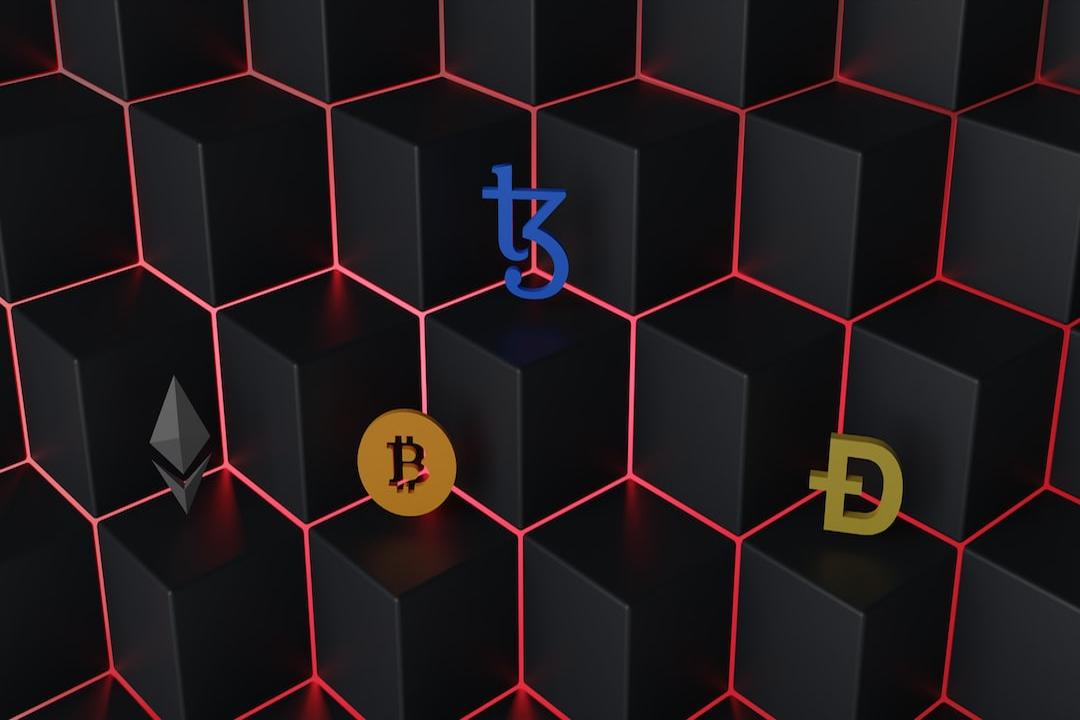The Solana Foundation announced two new product features, Solana Actions and Blinks (Blockchain Links), on June 25th. These features allow users to integrate blockchain transactions into any internet environment, potentially changing the way users interact with blockchain completely.
In simple terms, Solana Actions provide a standardized way to pass transactions at multiple levels through APIs, allowing signed transactions or messages to be passed directly from applications to users. This allows users to execute on-chain transactions on various platforms, including websites, social media, and physical QR codes.
Blinks, on the other hand, is a client application that converts Solana Actions into shareable, metadata-rich UI for interacting with and executing Actions.
The applications of Solana Actions include providing security for the Solana network by staking SOL, enabling customers to make payments at retail stores by scanning QR codes, token minting, using cryptocurrency for payments while browsing shopping websites, recharging trading accounts before adding margin, and integrating blockchain functionality into gaming platforms for purchasing and trading in-game assets.
The applications of Blinks include rewarding content creators on social media without complex wallet setups, minting custom NFTs or participating in governance voting directly from URLs, and allowing users to vote on community policies through links in newsletters.
The advantages of using both include enhancing user experience by bringing signed transactions to the user’s location, improving accessibility to Web3 applications from any platform, eliminating friction in sending on-chain transactions on many websites, and simplifying the process of integrating on-chain operations into existing platforms, websites, or applications for developers.
Many organizations and analysts have expressed their views on Actions and Blinks, with positive opinions from various experts. However, some concerns have been raised about the potential risks and security issues associated with these innovations.

